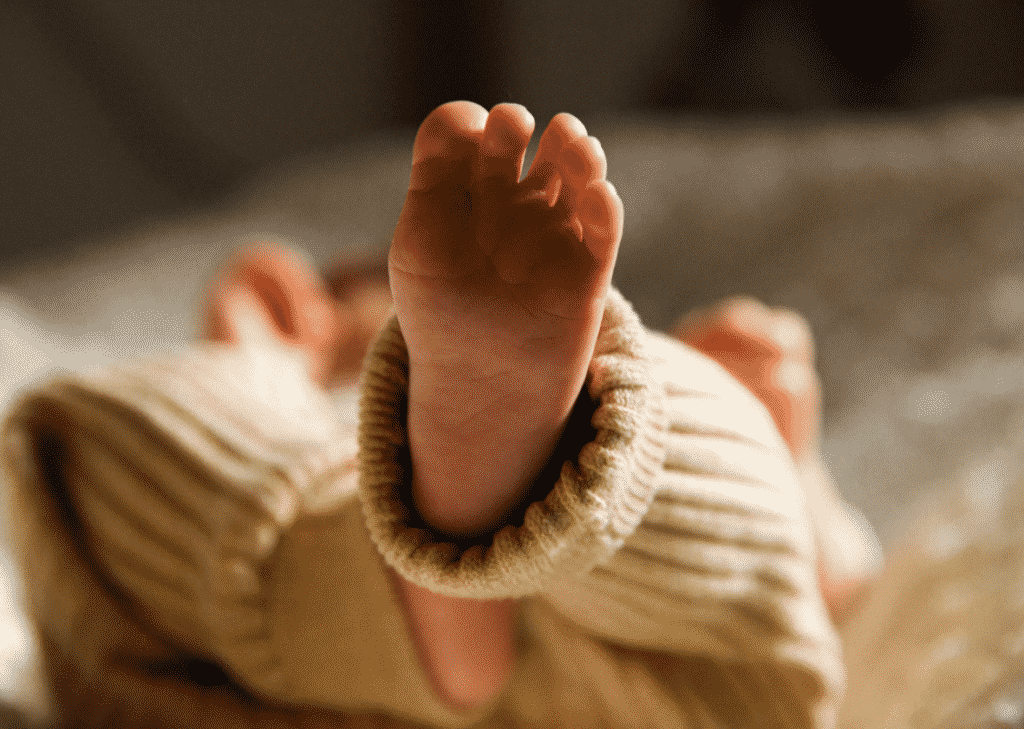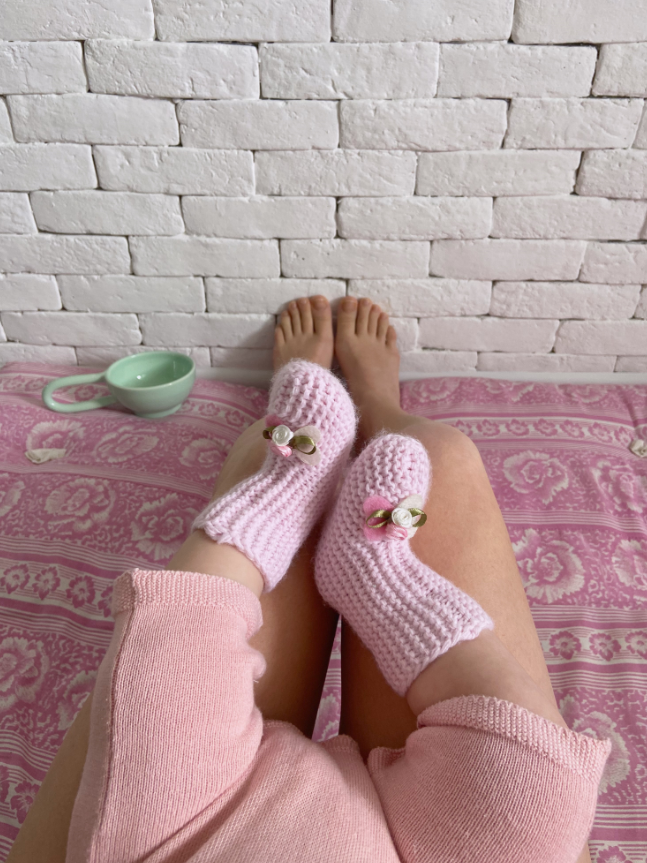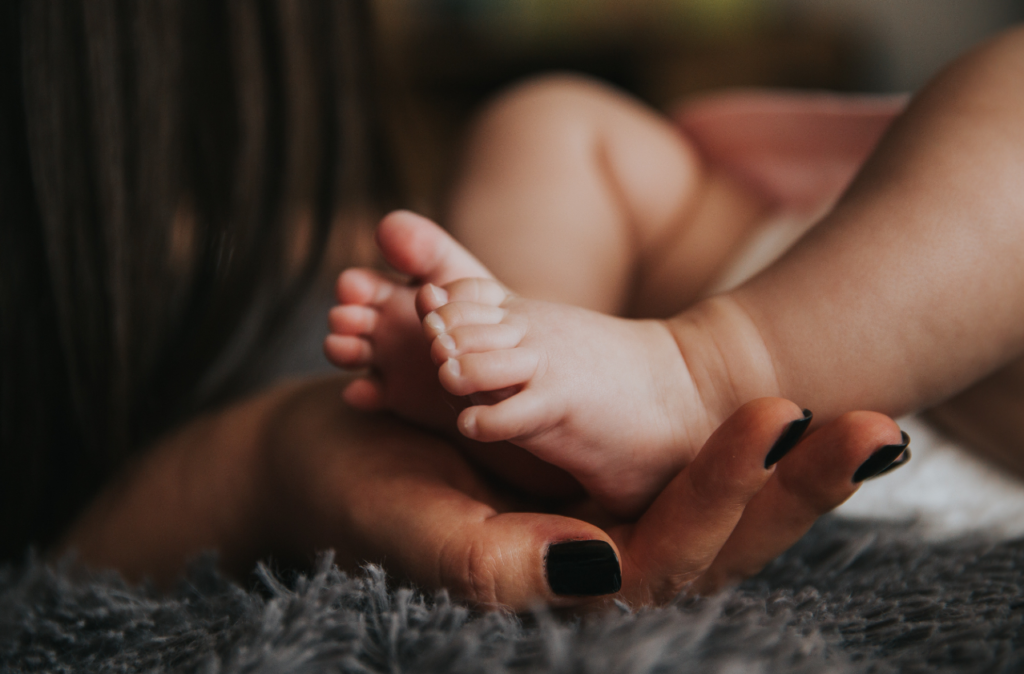Are you concerned that your baby’s legs don’t look straight? Does your little one walk with legs spread apart, looking unsteady and like he/she is about to topple over?
Having bow legs is a common condition in children which raises a lot of concern for many parents. Most times, it indicates a normal growth and development process in children. However, it may be as a result of an underlying disease condition in rare cases.
In this article, you’d discover all you need to know about a baby’s bow leg; what it is, the symptoms, causes, and how to handle it.
Read on to learn more!
Table of contents:
What are Bowlegs?
Your baby has a bowleg when either or both of his knees and legs are bent outward when his ankles and feet are together. It occurs as a result of incorrect alignment around the knee. Any exaggerated bowing of the leg within the 2nd year of life is regarded as physiologic bow leg.

This is because it is considered as part of the normal growth and development of babies. Babies who develop this form of bow leg are expected to outgrow it without requiring any intervention.
Babies’ Growth and Development
Knowing the stages of growth and development will help you to understand the physiologic bowing of the leg. At birth, babies are born with bow legs. This is due to their folded position while in the womb. This bowing straightens out by the age of 18-24 months or within six months of walking.
By the 3rd and 4th year, there’s a normal change from this to curving of the leg inwards, with the knees touching each other (knock knee). Then gradually, the legs begin to assume the adult shape, achieving it by the age of about 7years. Also, it is typical to see physiologic bowing in children who started walking early or heavy babies.
Symptoms
Bowleg is easily noticed when your child is standing. Although it doesn’t affect his ability to walk, your child may walk in an awkward pattern. It is also common to see children with bow legs walk with their toes turned inward (in-toeing). In addition, the child may trip a lot while walking.
Other causes of Bow leg In babies
Even after the required period of observation, bowleg may persist in some children. When this happens, it is usually due to other causes like:
- Rickets
- Blount’s disease
- Lead poisoning
- Abnormal bone development
1. Rickets
This is a disease of the bone which occurs due to deficiency of vitamin D. This deficiency is commonly due to a lack of foods fortified with vitamin D or lack of sufficient exposure to sunlight. As a result, minerals such as calcium and phosphate needed for normal bone growth will be reduced in the body. This causes the bones to be soft and unable to carry the baby’s weight, thereby causing bowlegs.
To avoid issues like this, it is best to make sure your baby is getting the right breastmilk supply from birth, and essential vitamins in every stage of his/her diet.

2. Blount disease
Blount disease is also known as Tibia Vara. It occurs as a result of excessive pressure on one side of the baby’s shin bone (tibia). This causes suppression of the growth on the affected side(medial) of the bone while the other side(lateral) continues to grow. Obese children and early walkers are at risk of developing bowleg from this condition. Bowleg in Blount disease affects only one leg.
3. Lead Poisoning
In some really rare instances, lead poisoning can cause bowlegs in babies. This happens when a child is exposed to unnaturally high levels of lead in the environment, diet, home, or even before birth. Children with abnormally high levels of lead in their system often develop bow legs as they grow older.
4. Abnormal Bone Development
In medical terms, this is called Osteogenesis Imperfecta. Babies with this condition develop bow legs because their bones are genetically soft, making them bend with increasing body weight as the child grows. In addition, babies with this genetic condition are prone to fractures and other bone-related diseases.
What to do when your baby has a bowleg
Physiologic bow leg does not require any treatment. This is because your baby’s leg will eventually straighten with time.

However, if it persists, you should see your health care provider. After proper assessment and observation, your pediatrician will decide the appropriate line of management for your baby. Depending on the cause and severity, your baby’s doctor may recommend braces or even surgery.
Furthermore, calcium and Vitamin D-based diets or supplements are effective in the management of rickets in babies.
Conclusion
Most bow legs are physiological and they resolve naturally without any intervention. Be rest assured that it’s part of your baby’s normal growth and development. However, some other causes of bowleg in babies may require medical or surgical treatment. If not promptly attended to, they can result in progressive worsening of the bowleg and discomfort.
We are always here to help you.
References
Rerucha CM, Dickison C, Baird DC. Lower Extremity Abnormalities in Children. Am Fam Physician. 2017 Aug 15;96(4):226-233. PMID: 28925669.
Dettling S, Weiner DS. Management of bow legs in children: A primary care protocol. J Fam Pract. 2017 May;66(5):E1-E6. PMID: 28459895.

